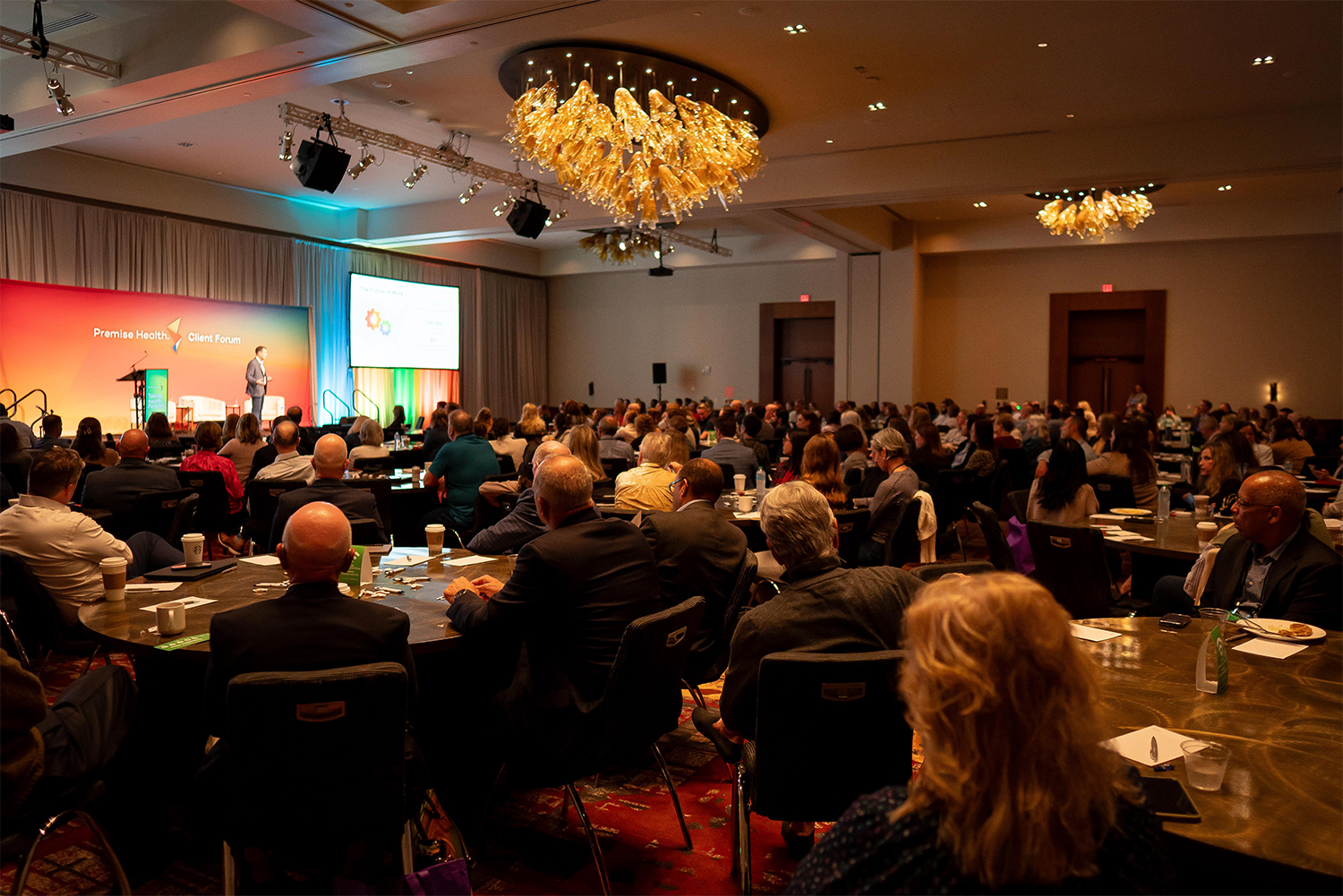How to Help Employees Stay Mentally Healthy During the Holidays
In 2015, a survey by Healthline revealed that 43% of people found the holidays to be somewhat stressful, citing finances as the leading cause of worry. This holiday season, these concerns are amplified as many Americans are approaching long-term joblessness. For those still on the clock, 40% are experiencing work-from-home burnout that they attribute to COVID-19.
Additionally, an American Phycological Association survey conducted by The Harris Poll found that Americans need more support. Reflecting on 2020, 61% of adults said they could’ve used more emotional support than they received, 82% of Gen Z agreed.
While there’s a lot at play this holiday season, human resource (HR) professionals have an opportunity to make a meaningful and positive impact on the people in their organizations by providing resources and support. Read on to learn how.
Prepping Teams for the Holidays

As an HR professional charged with keeping employees in the know, the holiday season provides the perfect opportunity to put your communication channels to use. This year certain things like changes in traditions, increased loneliness, and uncertainty can be new triggers for depression. Along with this, people may be tired, and their spirits may be low. While this is a trying time for many, a little support and a simple check in can go a long way.
One way you can start the conversation is by asking employees if they’ve done anything fun lately or what their plans are for the new year. You can champion your organization’s wellbeing efforts by encouraging employees to use their paid time off (PTO). Taking time away from work not only helps them come back refreshed and rejuvenated, but it also boosts morale, increases productivity, and supports healthy work-life balance.
Sending out messages of gratitude and support can also positively impact your organization’s overall wellbeing and happiness this holiday season. Encouraging words can include:

By proactively acknowledging the work of those in your organization, asking questions, and getting engaged, you’ll play a pivotal role in facilitating a positive culture throughout the holidays and beyond.

It’s important to acknowledge that even though things will be different this year, different can be better. The holidays are a perfect time to focus on lifestyle factors. For example, why not challenge those in your organization to embrace a lifestyle medicine approach for the holiday season? Whether it’s trying out a healthier recipe or engaging in a new outdoor activity – adopting healthy habits can make a huge difference in employee health and your organization’s annual health costs.
A lifestyle medicine approach helps prevent, treat, and reverse many chronic medical conditions, and some autoimmune diseases. Not only could this have a positive effect on employees throughout the holidays, but it could create healthy habits that stick around for the rest of the year.
The seven pillars of the lifestyle medicine approach include:

Implementing these new strategies can help the people in your organization discover and ignite their motivation for change and improve their mental health along the way.

Your people are your greatest asset and it’s important that they’re aware of the resources available to them. When people understand their benefit options, they are better equipped to overcome challenges throughout and after the holiday season.
For instance, employee assistance programs (EAP) are often underutilized and are a great tool for managing acute stressors and immediate short-term needs. If team members have yet to take advantage of this program, the holiday season is a perfect time to get started.
Along with an EAP, other ways to promote employee wellbeing include:

Webinars are a great tool to increase awareness and bring people together. These one-hour seminars can include everything from practicing mindfulness and emotional wellbeing to managing depression and lifestyle medicine.

Meditations are an accessible and low-cost benefit for employees who might find value from a mindfulness practice. Leading meditations is something an HR professional could learn and provide or easily find someone in their network to facilitate.

Encouraging employees to get their annual physical can help primary care providers detect behavioral health challenges like depression, anxiety, and substance abuse. Regular check-ins, especially around the holidays, can help identify any lifestyle factors at play that could contribute to long-term risk.

Virtual visits mean employees can get care when and where they need it, even from the comfort of their own home. Virtual behavioral health counseling can address many challenges, including stress-related illnesses, grief, parenting challenges, marital problems, depression, anxiety, and more.
Promoting access to relevant behavioral health resources can help employees cope with stress and anxiety this time of year. Your company might consider these tips as well.
A Comprehensive Behavioral Health Offering
At Premise Health, we partner with organizations to provide a hybrid of physical and digital behavioral health options, ensuring both proximate and non-proximate populations have the support they need regardless of their location. Our onsite teams can provide both in person and virtual services, including primary care, behavioral health, and more than a dozen other service offerings. Additionally, our National Virtual Health offerings are expanding in 2021 to include a digital behavioral health solution.
Whether digital, physical, or a hybrid of both, our behavioral health product aims to optimize a member’s mental and emotional wellbeing through evidence-based counseling and positive behavior change techniques.
To find out more about how Premise’s behavioral offering, click here.
Next on industry insights.

Client Forum 2025: How Employers Are Taking Health Forward
Read the Blog
Essentials of Heart Health: The Mind-Heart-Body Connection
Read the Blog